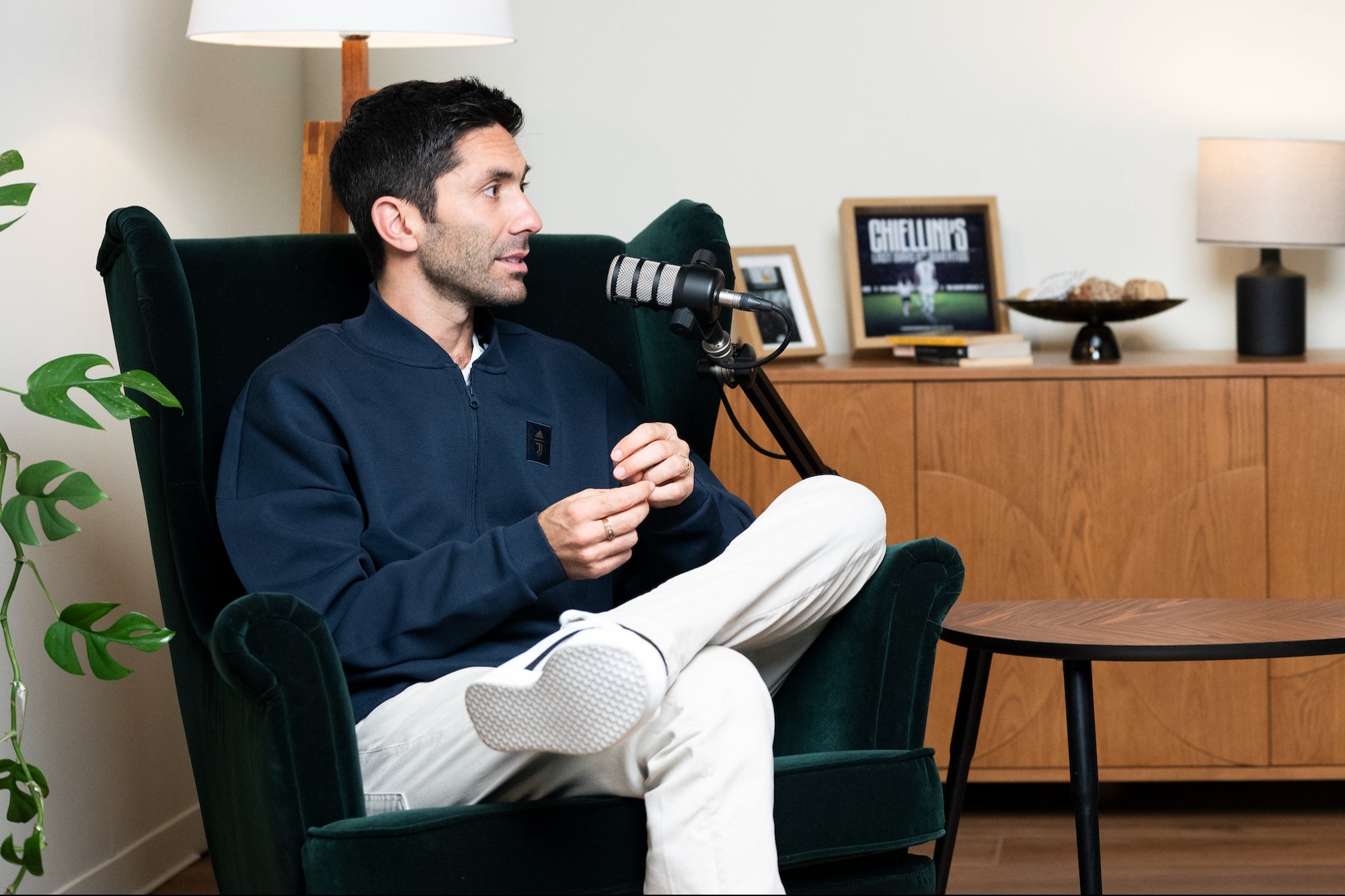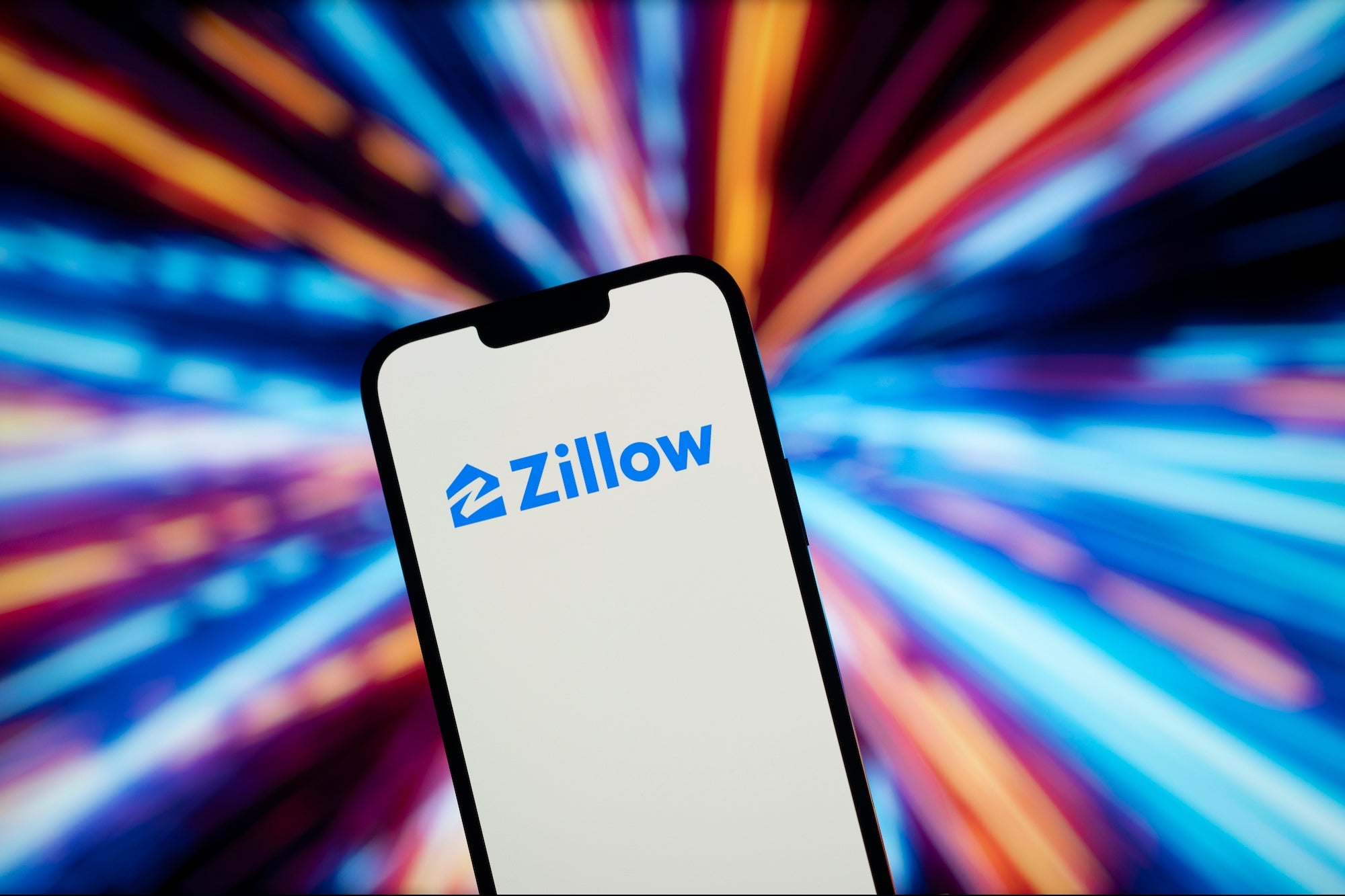Opinions expressed by Entrepreneur contributors are their own.
Every winter, retailers watch revenue lines spike and then flatten again by February. What often goes unexamined is the potential of turning one-time holiday shoppers into lifelong fans of your brand. Just last year, U.S. consumers spent an average $902 a piece on winter‑holiday purchases — a surge of wallets wide open and, crucially, minds open to new brands.
While the holiday sales rush is fantastic, its actual value doesn’t just revolve around the immediate profit. It’s in the people who are discovering your brand for the first time. And that opportunity doesn’t start in December; it starts months earlier. Many successful brands begin preparing their holiday playbook in August, laying the groundwork with campaigns and messaging that build awareness and prime new customers before the season peaks. A small effort to convert these new holiday buyers into loyal customers can extend that seasonal success throughout the entire year.
This conversion playbook is comprised of three key parts. When brands execute all three, Q4 turns from a sugar rush into an on‑ramp for steady, compounding growth.
Join top CEOs, founders and operators at the Level Up conference to unlock strategies for scaling your business, boosting revenue and building sustainable success.
1. Promote products that reflect your brand DNA
Big discounts on basics can make December’s sales chart look great — and many shoppers are indeed hoping to snag a holiday deal. The opportunity lies in making sure those customers stick around long after prices reset. By pairing promotions with a clear expression of your brand’s identity, you can turn seasonal shoppers into loyal advocates.
One of the best ways to do this is by spotlighting your “hero” products — the pieces that showcase your signature materials, craftsmanship or design flair. When someone’s first purchase feels unmistakably you, every future drop feels consistent and compelling, not like a bait‑and‑switch. You can further strengthen that connection by inviting new buyers into your loyalty program or offering follow‑up perks that keep them engaged. A customer whose introduction to your brand is authentic and rewarding is far more likely to come back, at full price, in the months ahead.
Timing helps, too. Brands that start acquisition campaigns in August or September give shoppers time to learn the story, budget for full‑price pieces and hit November already warmed up. Those early birds come back during peak season, and they do it at healthy margins because their loyalty was never built on discounts in the first place.
Related: 5 Black Friday Strategies to Turn Holiday Browsers into Instant Buyers
2. Make loyalty part of the purchase, not an afterthought
A solid loyalty program is the simplest way to turn a first‑time buyer into a repeat customer, yet too many brands hide it in the website footer, where no one sees it. That “strategy” is expensive. In fact, 85% of shoppers say a strong program makes them buy again, and 79% go on to advocate for the brand. This means you must put the invitation where excitement peaks. That’s usually on the product page, in the mini‑cart, and right after checkout, so shoppers understand the value before their order even ships.
Just as important, the sign‑up process should feel effortless. Tuckernuck, for example, weaves loyalty seamlessly throughout the customer journey. Shoppers can join by simply entering their email address at checkout or at any time while browsing. Once enrolled, customers see their reward points in real time, clearly displayed across the site, without needing to navigate away or search for a separate page. This keeps the program visible and reinforces that being a part of Tuckernuck’s community is central to the experience year‑round.
Ultimately, even if your full program is still on the drawing board, act now. Flag high‑spend holiday buyers as a temporary “VIP” group and thank them with first dibs on a limited January release. Track which perks drive clicks, carts and redemptions to shape your database’s program. Bottom line, make sure every December shopper leaves knowing there’s a real reason to come back to you in, say, February or March.
3. Segment holiday buyers into micro‑audiences
Holiday crowds are anything but uniform. The shopper who grabs a $29 stocking stuffer after spotting your TikTok ad won’t respond to the same January follow-up that works for the customer who spent $280 on a purse they found in a print gift guide. Offering a one-size-fits-all program is clearly a missed opportunity. Instead, tag each holiday order by first-touch channel, cart value and product type. Once those labels are in place, your automations can generate more personalized messages without increasing your manual workload.
This results in brands generating roughly 40% more revenue than their peers, and the American Marketing Association notes that a well-targeted email can increase revenue by up to 5.7 times. Those gains come from small, data-driven touches, such as subject lines that name-check the very collection a shopper browsed and replenishment reminders timed to average usage cycles.
Related: 25 Ways You Can Turn a One-Time Buyer Into a Repeat Buyer
Win the holidays even before they begin
If the first time you talk retention is after the pumpkins from Halloween hit the porch, you’re already scrambling. Best practice is to lock the plan by mid‑August, which is early enough to run list‑building ads while costs are still reasonable. This also gives you enough wiggle room to test your signup pop‑ups and fine‑tune the loyalty messaging you’ll weave into every holiday touchpoint.
By September, your email and SMS automations should be live, your VIP segments tagged and your “second‑purchase” offers queued up. That way, when traffic surges in November, all you do is hit “go.”
Every winter, retailers watch revenue lines spike and then flatten again by February. What often goes unexamined is the potential of turning one-time holiday shoppers into lifelong fans of your brand. Just last year, U.S. consumers spent an average $902 a piece on winter‑holiday purchases — a surge of wallets wide open and, crucially, minds open to new brands.
While the holiday sales rush is fantastic, its actual value doesn’t just revolve around the immediate profit. It’s in the people who are discovering your brand for the first time. And that opportunity doesn’t start in December; it starts months earlier. Many successful brands begin preparing their holiday playbook in August, laying the groundwork with campaigns and messaging that build awareness and prime new customers before the season peaks. A small effort to convert these new holiday buyers into loyal customers can extend that seasonal success throughout the entire year.
This conversion playbook is comprised of three key parts. When brands execute all three, Q4 turns from a sugar rush into an on‑ramp for steady, compounding growth.
The rest of this article is locked.
Join Entrepreneur+ today for access.








